When it comes to the sport of boxing, there has always been a debate about whether it’s better to be tall or short. Many factors can influence a boxer’s success in the ring, and height is just one of them.
Pros Of Being Tall
Reach

One of the most significant advantages that tall boxers have is their reach. A longer reach allows them to maintain a safe distance from their opponents while still being able to land punches. This can make it difficult for shorter opponents to close the distance and land their own shots.
A longer reach also makes it easier for tall boxers to control the range of the fight and dictate the pace, keeping opponents at the end of their punches and forcing them to take risks to engage.
Strong Jab

Tall boxers can use their height to establish a strong jab, which is a fundamental weapon in boxing. A well-timed jab can keep opponents at bay and create opportunities for powerful combinations and counter-punches.
A jab is a crucial tool for a tall boxer, as it can disrupt an opponent’s rhythm, set up power shots, and keep their shorter counterparts from getting inside. Furthermore, a strong jab can be used defensively to create space and prevent opponents from mounting a sustained attack.
Punching Down

Tall boxers often have the advantage of punching down at their opponents, which can lead to more impactful blows. When punches come from a higher angle, they are more likely to land on vulnerable targets like the chin, potentially leading to knockouts. Additionally, punching down allows taller fighters to generate more force due to the gravitational pull, further increasing the power behind their punches.
Intimidation Factor

Height can be psychologically intimidating for some opponents, making them hesitant to engage in the fight. A tall, imposing figure can create doubt in an opponent’s mind and potentially impact their performance.
This psychological edge can give tall fighters an advantage before the first bell even rings, as their opponents may be more tentative and cautious, allowing the taller fighter to impose their will and dictate the terms of the bout.
Clinching Ability

Tall boxers typically have an advantage when it comes to clinching. Their longer limbs can be used to tie up shorter opponents more effectively, neutralizing their offense and potentially wearing them down. Additionally, tall fighters can use their leverage to control their opponents in the clinch, making it difficult for them to escape and resume their attack.
Ability To Fight On The Outside
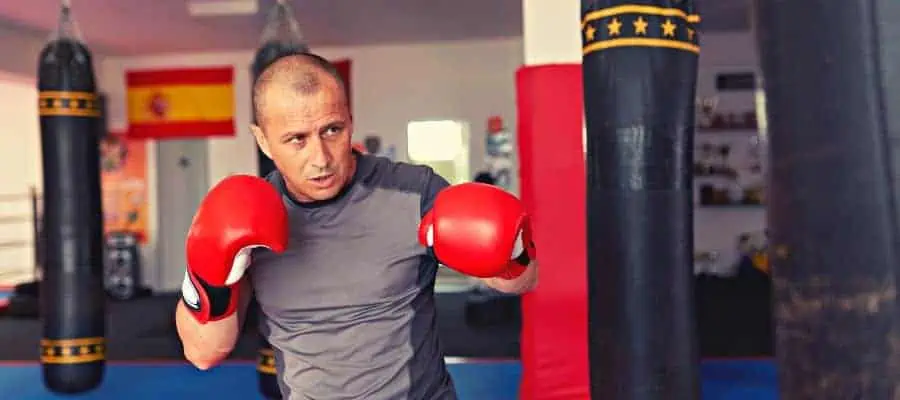
Tall boxers can use their height and reach advantage to keep the fight on the outside, where they can dictate the pace and minimize the risk of taking damage. By maintaining distance and using their jab, they can frustrate shorter opponents and force them to take risks to close the gap, leaving them vulnerable to counter-punches and well-timed power shots.
Potentially Greater Knockout Power

Due to their long limbs and the ability to generate force through gravity when punching down, tall boxers may have greater knockout power. This can make them particularly dangerous to shorter opponents, who may struggle to avoid these powerful shots and absorb the damage.
Better At Controlling The Tempo Of The Fight

Tall fighters can use their reach and range control to dictate the fight’s tempo, forcing their opponents to adapt to their style. This can help tall boxers conserve energy while forcing their shorter opponents to expend more energy to close the distance and land punches.
Cons Of Being Tall
Body Shots

Tall boxers have a larger surface area, making them more susceptible to body shots. Shorter boxers can often find success targeting the body, as it can be difficult for taller fighters to defend against these punches.
Sustained body attacks can wear down tall fighters, reducing their mobility and effectiveness as the fight progresses. Tall fighters must be especially mindful of their body defense and employ tactics such as keeping their elbows tight to their sides or using their footwork to maintain distance and minimize the impact of these attacks.
Less Speed And Agility

Taller fighters tend to be less agile and slower than their shorter counterparts. This can be a disadvantage, particularly when facing quicker opponents who can exploit this weakness. Shorter, faster fighters can use their speed advantage to land quick, accurate punches and avoid their taller opponents’ long, potentially more powerful punches. Taller fighters must improve their footwork, head movement, and overall agility to counteract this disadvantage.
Center Of Gravity

Taller boxers have a higher center of gravity, which can make them less stable and more susceptible to being knocked off balance by powerful punches. This can be especially problematic when facing shorter fighters who can generate significant power from their compact frames.
Taller fighters must work on their balance and core strength to help maintain stability in the ring and minimize the effects of powerful punches from shorter opponents.
Tendency To Be A Larger Target

Tall boxers are generally a larger target for their opponents, making them potentially more susceptible to punches, particularly body shots. This can be a disadvantage when facing skilled opponents who are adept at targeting the body and breaking down their taller adversaries.
Difficulty Fighting On The Inside
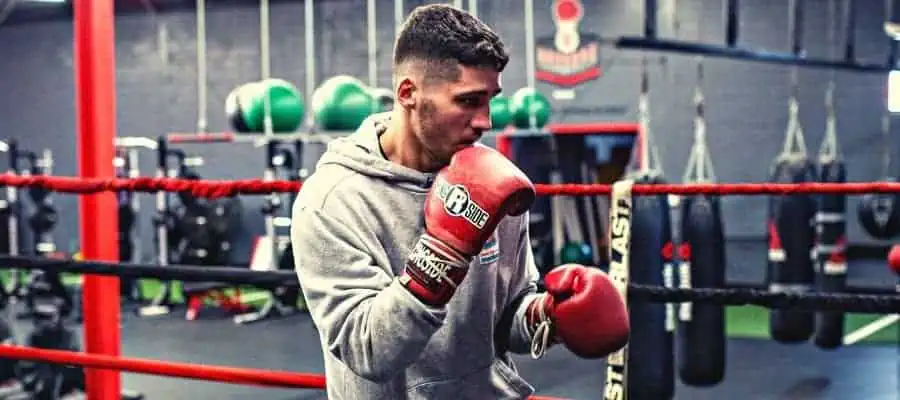
Due to their longer limbs, tall fighters can struggle when fighting on the inside. Their punches may be less effective at close range, and they may have difficulty defending against shorter opponents who excel at inside fighting. Tall fighters must create distance and avoid close-range exchanges to minimize this disadvantage.
Higher Energy Expenditure

Taller boxers may have a higher energy expenditure due to their larger frame, which can disadvantage them in longer fights. This can decrease output as the fight progresses, potentially leaving them vulnerable to aggressive, high-pressure opponents.
May Struggle Against Pressure Fighters

Tall fighters can sometimes struggle against shorter, aggressive, pressured fighters who constantly move forward and force them to fight on the inside. Pressure fighters can exploit the tall fighter’s difficulties at close range and wear them down with relentless aggression and high-volume punching.
Pros Of Being Short
More Speed And Agility
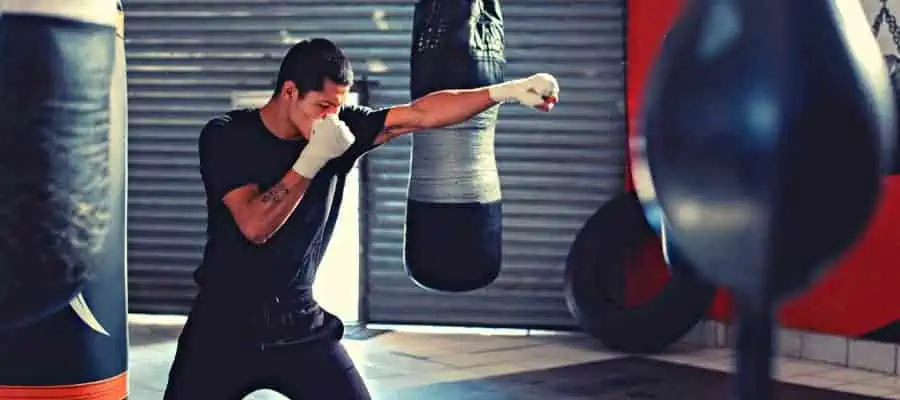
Shorter fighters are generally faster and more agile than taller fighters. They can use their speed to avoid punches, close the distance, and land their own shots. Their speed advantage can be used offensively by darting in and out of range to land quick combinations or defensively by utilizing swift head movement and footwork to avoid incoming punches. This speed and agility can frustrate taller fighters and force them to adjust their tactics.
Power
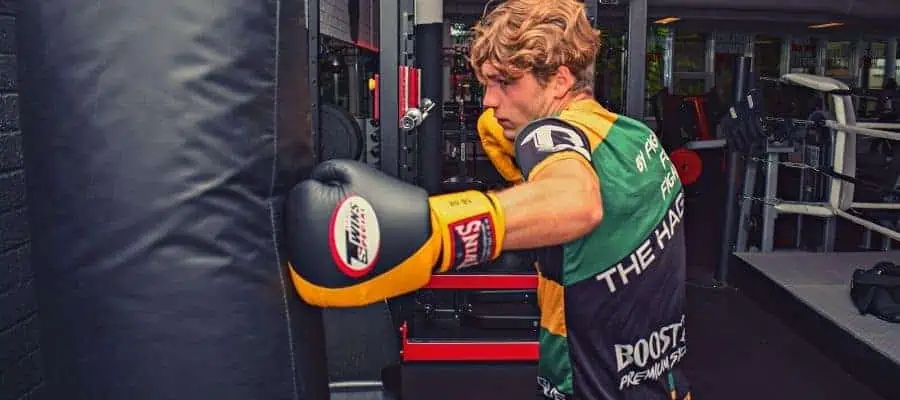
Due to their compact frame, shorter boxers can generate significant power in their punches. They can deliver powerful blows to their taller opponents using proper technique and leverage. Shorter fighters often have more weight behind their punches due to their lower center of gravity, allowing them to generate force from the ground up. Additionally, their shorter limbs allow for faster and more explosive movements, leading to powerful hooks and uppercuts that catch taller fighters off guard.
Inside Fighting

Short boxers are often more effective in close-range combat due to their shorter limbs. They can use their compact frame to work the body, throw uppercuts, and generate power in tight spaces. While taller fighters may struggle to throw effective punches in close quarters, shorter fighters can excel in this area.
They can use their height advantage to slip under the taller fighter’s punches and deliver powerful shots at close range. This inside fighting ability can disrupt the rhythm of taller fighters and allow shorter boxers to dictate the action in close quarters.
Elusiveness

Shorter fighters can be more difficult to hit due to their smaller target area. They can use their height to their advantage by slipping under punches and presenting a constantly moving target. This elusiveness can be particularly frustrating for taller fighters who may have some issues.
They can struggle to land clean shots, expending energy and potentially leaving themselves open to counter-punches. Shorter fighters should focus on developing their head movement, footwork, and overall defensive skills to maximize this advantage.
Greater Stamina And Endurance

Shorter fighters often have greater stamina and endurance due to their smaller frames and more efficient energy expenditure. This can be an advantage in longer fights, as they may be able to maintain a higher work rate and output than their taller opponents.
Ability To Fight On The Inside

Short boxers excel at fighting on the inside, using their compact frames and shorter limbs to deliver powerful shots at close range. This inside fighting ability can disrupt the rhythm of taller fighters and force them to engage in close-range exchanges where the shorter fighter has the advantage.
Better At Applying Pressure
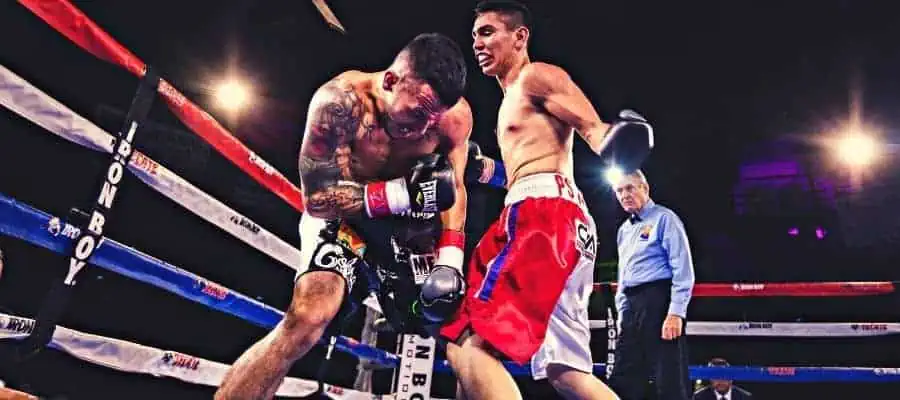
Shorter fighters are often better at applying pressure on their taller opponents, forcing them to fight on the inside and expend more energy. By constantly moving forward and throwing high-volume punches, short boxers can wear down their opponents and create openings for powerful shots.
Potentially Quicker Recovery Time

Due to their smaller frames and efficient energy expenditure, shorter fighters may recover more quickly between rounds and during training. This can be an advantage in both training and competition, as it allows them to maintain a high level of performance throughout the fight and bounce back more rapidly after tough sparring sessions.
Ability To Fight In Different Weight Classes

Shorter fighters often have the advantage of competing in multiple weight classes, as they can more easily gain weight without significantly affecting their performance. This flexibility can give them more opportunities for title fights and high-profile matchups.
They can target different weight divisions and find the optimal balance between power, speed, and endurance. This versatility can enhance their career prospects, potentially leading to greater sports success.
More Entertaining To Watch

Short fighters can often provide more entertainment value for boxing fans due to their fast-paced, high-energy fighting style. With their speed and agility, shorter boxers can dart in and out of range, unleashing rapid-fire combinations and creating exciting exchanges with their opponents.
Their compact frames and inside fighting ability can lead to explosive, close-range brawls that keep fans on the edge of their seats. Additionally, shorter fighters may need to take greater risks to overcome their opponents’ reach and height advantages, leading to thrilling, high-risk maneuvers that can result in knockdowns or even knockouts.
Cons Of Being Short
Shorter Reach

Shorter boxers generally have a shorter reach, making it difficult for them to land punches on taller opponents without getting in close. This can leave them vulnerable to counter-punches as they try to close the distance.
To overcome this disadvantage, shorter fighters must develop strategies to safely close the distance, such as using feints, head movement, and footwork to avoid incoming punches while working their way inside.
Jab

Due to their shorter reach, short boxers may have difficulty establishing a strong jab, making it harder for them to control the distance and tempo of the fight. With a strong jab, shorter fighters may be able to find openings and create opportunities for power punches.
To compensate, they can focus on improving their jab’s timing, accuracy, and speed and developing alternative ways to control distance, such as utilizing hooks and overhand punches.
Punching Up
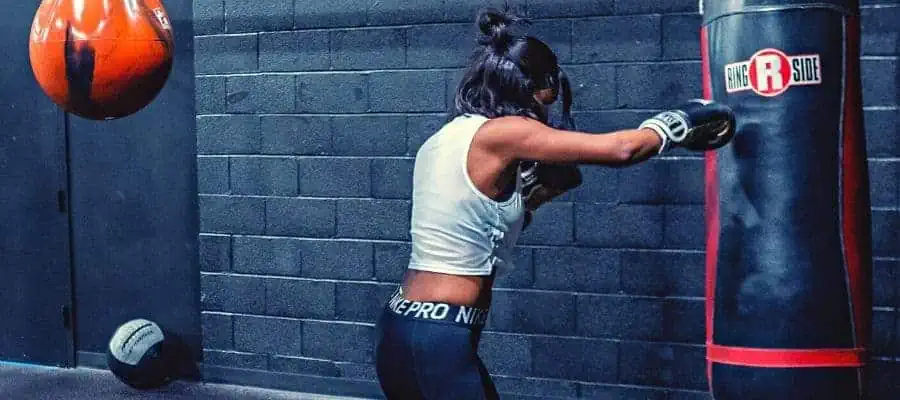
Shorter fighters often need to punch upwards to land headshots on taller opponents, resulting in less powerful blows and a greater likelihood of being countered. Punching up can also expose shorter fighters, as they may need to raise their guard and leave their body open to attack.
To counter this, shorter fighters should focus on developing effective body punching and work on their timing to land clean headshots when opportunities present themselves.
Struggle Against Range Control

Short boxers may have difficulty dealing with taller fighters who are skilled at controlling the range and keeping the fight on the outside. This can lead to frustration and increased energy expenditure as the shorter fighter attempts to close the distance and engage their taller opponent.
Potentially Less Knockout Power

Due to their shorter limbs and the need to punch upwards when facing taller opponents, short boxers may have less knockout power compared to their taller counterparts. This can be a disadvantage when attempting to finish fights or score knockdowns against larger adversaries.
While of course, there are exceptions to the rule; just look at Mike Tyson, for example. His stocky build and excellent power production made him a knockout machine.
Conclusion
In summary, the debate over whether it’s better to be tall or short in boxing is far from settled. Each height comes with its own set of unique advantages and disadvantages, and success in the sport is ultimately determined by factors beyond height, such as skill, technique, and determination.
Boxers must learn to recognize and capitalize on their physical attributes while developing strategies to minimize their weaknesses. Ultimately, the most successful fighters will be those who can adapt to their opponents and exploit the opportunities presented to them in the ring, regardless of their height.
Recent Posts
In boxing, height is important, even if not too much, but still. Especially in those cases when the boxing skills of two fighters are almost on the same level. The height can be one of the things...
In boxing, height often plays an important role, but not always. Just like a tall boxer, a short boxer can also be successful. Many short boxers in history have become world champions in their...
